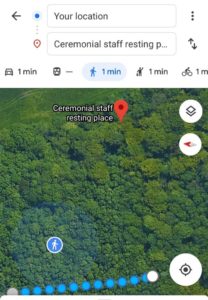Flicking through a history book, I found something curious. There was a branch of the Bullingdon Club at the Colditz POW camp.
The Bullingdon is probably the most famous Oxford University drinking club. Past members include Boris Johnson and David Cameron and the club is notorious for its mean-spirited pranks. One example is dining at a restaurant, trashing the place, then paying for all the damages. It’s said that the initiation ritual was to burn a £50 note in front of a homeless person.
The description of the Bullingdon turns up in Henry Chancellor’s book on Colditz, based on an account by Michael Burn. Burn was a interesting figure, who dabbled with Nazism in its early days before taking up arms against the Germans as a commando, receiving the Military Cross. According to wikipedia, he might even have saved the life of the young Audrey Hepburn after the war. He also spent some time in Colditz.
Under the terms of the Geneva Convention, officers could not be made to work when they were in a POW camp. Which meant that they spent their days bored, struggling to pass the days. Some worked on escapes, others studied for qualifications, preparing for life after the war. And some passed their days in games of cards, winning or losing thousands of pounds which were due after the war.
Burn has described the social structure of Colditz: “There was a working class, who were the soldiers, the orderlies who had to work for the Germans. Then there were the middle class, officers from minor or major public schools, and then there was an upper class, with the Prominente and the Lords of the Realm… Curiously enough, when I arrived at Colditz I was asked to join this very smart mess nicknamed the Bullingdon, named after an exclusive club at Oxford. It was made up of the sons of landed gentry, and a few Lords, but none of them knew that I had been blackballed from the real Bullingdon when I was at Oxford before the war.”
Burn was rare among his fellow prisoners, being a left winger. He gave lectures on Marxism and socialism in the POW camp; one senior officer said he would see Burn tried for treason after the war.












